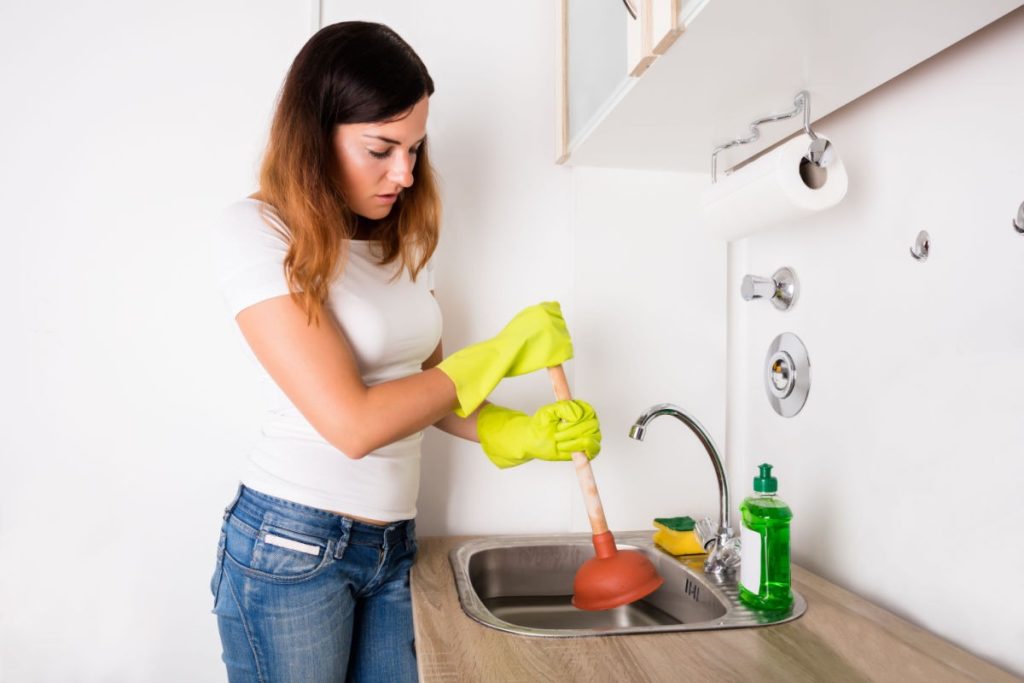Drainage cleaning involves removing build-up in your pipes and drains, to prevent the blockages that are caused by them. Clogged drains are a common plumbing issue, and they can be incredibly frustrating and damaging to your home if not addressed. However, a little bit of maintenance can keep your drains working properly and reduce the need for drainage cleaning services. Here are some tips to keep in mind if you want to avoid drain problems in the future.
The main cause of a blocked drain is hair, which can be difficult to get rid of. It’s a good idea to clean your drains frequently to remove hair, and you can use products that will help to break down the hair and make it easier for it to wash away. These products include drain cleaners that are designed to dissolve hair, and some can also be used as pre-treatment for blocked pipes, preventing them from blocking in the first place.
There are many different types of drain cleaners on the market, but it’s important to understand how they work so that you can choose the best one for your needs. Caustic drain cleaners are a common option, but they can be very dangerous to people and the environment. They often contain lye, which reacts with water to form a toxic gas, and they can also corrode metal drain pipes. Another type of drain cleaner is an oxidizing cleaner, which usually contains nitrates, peroxides or sodium hypochlorite (bleach). These chemicals react with organic materials in the drain to break them down, and they can be safer for the environment than caustic cleaners.
Other types of drain cleaners include bacterial drain cleaners, which are safe for the environment and people. These products work by releasing enzymes that digest organic material, such as soap scum and food particles, and they can also eliminate unpleasant odors. However, they are slower to work than other types of drain cleaners.
Another method of drain cleaning that is often used by plumbers is a hydro-jetter, which uses motors to place water under high pressure in the pipes. The water is then blasted out through a nozzle at the end of a hose inserted into the drainpipes. It’s a powerful tool that can clear even the most stubborn blocks, but it isn’t recommended for homes with older pipes as it can damage them.
If you’re looking for a more natural way to clean your drains, try pouring baking soda down the drain followed by vinegar. This creates a chemical reaction that will break down the clog and leave your drains smelling fresh. You can also try using a plastic wand found in hardware stores, which has sharp spikes or burrs that grab hair and bioslime from the inside of the pipe. These tools can be quite effective if you have thick, hard-to-remove hair clogs, but they’re not suitable for soft clogs. It’s also important to regularly clean your drains with hot water and regular maintenance to prevent them from becoming clogged again.

